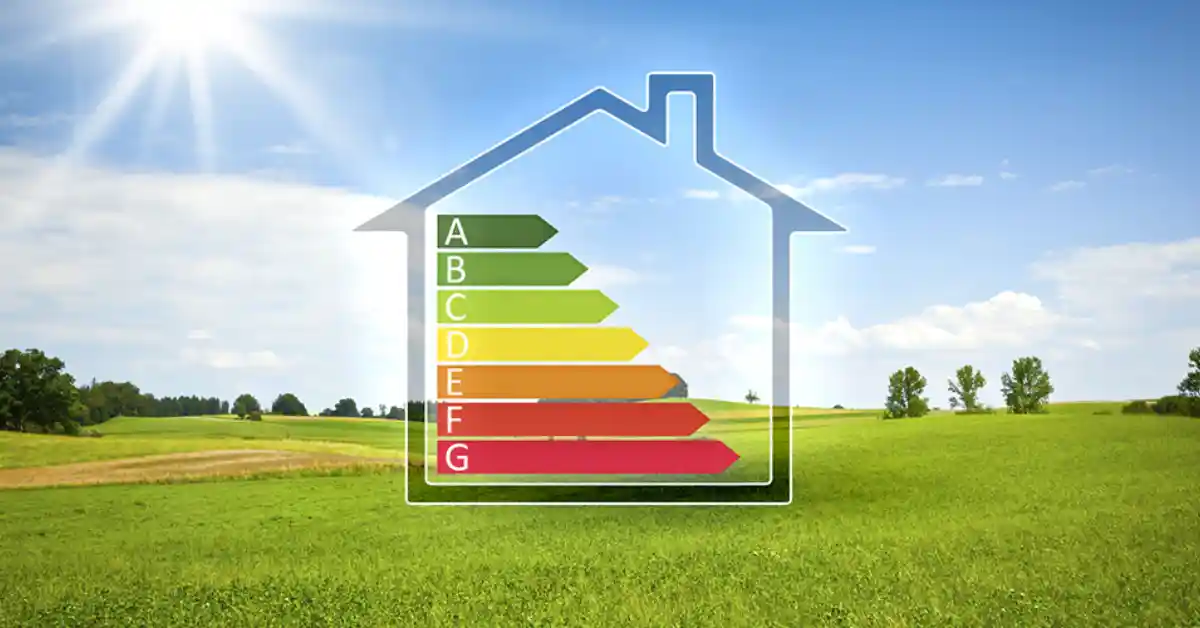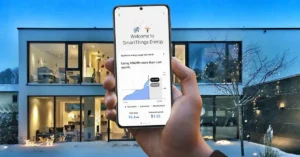Introduction: Why Energy and Efficiency Matter More Than Ever
Energy and efficiency isn’t just about saving on utility bills, it’s about long-term home protection, environmental responsibility, and even insurance benefits. In 2025, homeowners are facing rising energy costs, more frequent extreme weather events, and a growing demand for eco-friendly living.
Smart energy-efficient upgrades like solar panels, smart thermostats, and HVAC improvements can reduce annual household costs by thousands of dollars, while also increasing home value and improving eligibility for tax incentives and insurance discounts.
This guide explores the best energy-efficient upgrades for 2025, their costs, savings potential, and how they impact home protection.
What Is Energy Efficiency in Homes? (Quick Answer)
Energy efficiency in homes means using less energy to perform the same tasks through better design, appliances, and smart technology, resulting in lower bills, reduced environmental impact, and increased comfort.
Why Energy Efficiency Matters in 2025
- Rising energy costs: U.S. households spend an average of $2,200 per year on energy.
- Climate resilience: Efficient homes stay safer during extreme weather by maintaining stable indoor environments.
- Insurance savings: Some insurers offer discounts for energy-efficient systems that lower fire, water, or equipment risks.
- Government incentives: Tax credits and rebates can offset 20–30% of upgrade costs.
- Resale value: Homes with solar panels, energy-efficient HVAC, and eco-certifications sell faster and for higher prices.
Average Costs & Savings for Energy Upgrades (2025)
| Upgrade | Average Cost | Annual Savings | ROI Timeline | Insurance Impact |
| Solar Panels (6kW system) | $14,000–$22,000 | $1,200–$1,800 | 7–10 years | High (storm/fire-resistant setups get discounts) |
| Smart Thermostat | $200–$500 | $150–$250 | <2 years | Moderate |
| Energy-Efficient HVAC | $6,000–$12,000 | $500–$1,000 | 6–8 years | Moderate |
| Insulated Windows/Doors | $8,000–$15,000 | $250–$600 | 10–12 years | Moderate |
| Tankless Water Heater | $2,500–$5,000 | $200–$400 | 7–8 years | Limited |
| LED Lighting (whole home) | $500–$1,500 | $100–$300 | 1–2 years | None |
Insurance & Coverage for Energy Upgrades
Energy upgrades can affect your homeowners insurance in three main ways:
- Premium Discounts
- Fire-resistant materials (like metal roofs with solar mounts).
- Smart thermostats and leak detectors that lower risk of claims.
- Storm-rated solar installations.
- Replacement Value Increases
- Solar panels, advanced HVAC, and energy upgrades increase the cost to rebuild/repair → requiring higher dwelling coverage.
- Coverage Limitations
- Standard policies may not cover solar panels at full replacement value unless specifically added.
- Warranty coverage often overlaps with insurance for major energy systems.
Top Energy-Efficient Upgrades in 2025
1. Solar Panels & Renewables
- Federal tax credits cover up to 30% of installation costs.
- Panels last 25–30 years with warranties.
- Some states allow selling back excess power to the grid.
- Insurance: Covered under dwelling but may require added riders for storm-prone areas.
2. Smart Thermostats & HVAC
- Learn homeowner preferences and automatically adjust heating/cooling.
- Cut energy bills by 10–15% annually.
- Some insurers offer discounts for fire-prevention features (e.g., shutting off HVAC during smoke detection).
3. Utility Savings Through Smart Devices
- Smart plugs and energy monitors help track energy use.
- Leak detection systems prevent water damage, reducing both utility waste and insurance claims.
- Whole-home energy dashboards help optimize consumption.
4. Green Home Trends
- Eco-friendly materials: Bamboo flooring, recycled insulation.
- Passive design: Homes designed for natural heating/cooling.
- Electric vehicle (EV) integration: Solar-powered EV chargers.
- Net-zero homes: Generate as much energy as they use.
DIY vs Contractor for Energy Upgrades
| Project | DIY Feasibility | Risks | When to Hire Contractor |
| LED lighting | High | Minimal | DIY friendly |
| Smart thermostat install | Medium | Wiring mistakes possible | Contractor preferred for complex HVAC systems |
| Solar panel installation | Very Low | High-voltage, roofing risks | Always hire contractor |
| HVAC replacement | Very Low | Safety & efficiency issues | Always hire contractor |
| Window insulation kits | High | Minimal | DIY friendly |
Real-World Examples
- Arizona Solar Upgrade: A family invested $18,000 in solar panels, cutting annual bills by $1,500 and earning a 30% tax credit. Insurance premiums dropped 12% with hurricane-rated mounts.
- Midwest HVAC Overhaul: Replacing an old system with an energy-efficient HVAC saved $800 annually while qualifying for a $1,000 rebate.
- California Smart Home: A combination of smart thermostats, leak detectors, and insulated windows reduced energy use by 20% and water damage claims risk.
Challenges of Energy Efficiency Upgrades
- High upfront costs: Solar and HVAC upgrades require financing or incentives.
- Insurance complexity: Coverage for solar panels varies, some insurers require separate riders.
- Technology learning curve: Smart devices need proper setup and maintenance.
- Maintenance: Filters, panels, and smart systems require ongoing care.
- Resale mismatch: Over-customization may not appeal to all buyers.
Tips for Homeowners in 2025
- Always check state and federal incentives before upgrading.
- Notify your insurer after major upgrades to adjust coverage and qualify for discounts.
- Combine small upgrades (LEDs, smart plugs) with big ones (solar, HVAC) for layered savings.
- Schedule upgrades in off-peak seasons for better contractor pricing.
- Keep warranties and receipts, they help with insurance claims and resale.
Key Takeaways
- Energy-efficient upgrades lower utility bills, insurance premiums, and carbon footprints.
- Costs range from $500 to $22,000, but rebates and savings offset expenses.
- Insurance coverage may require updates after major installations.
- Solar panels, smart thermostats, and HVAC upgrades are top 2025 investments.
- Energy-efficient homes sell faster and at higher values in competitive markets.




